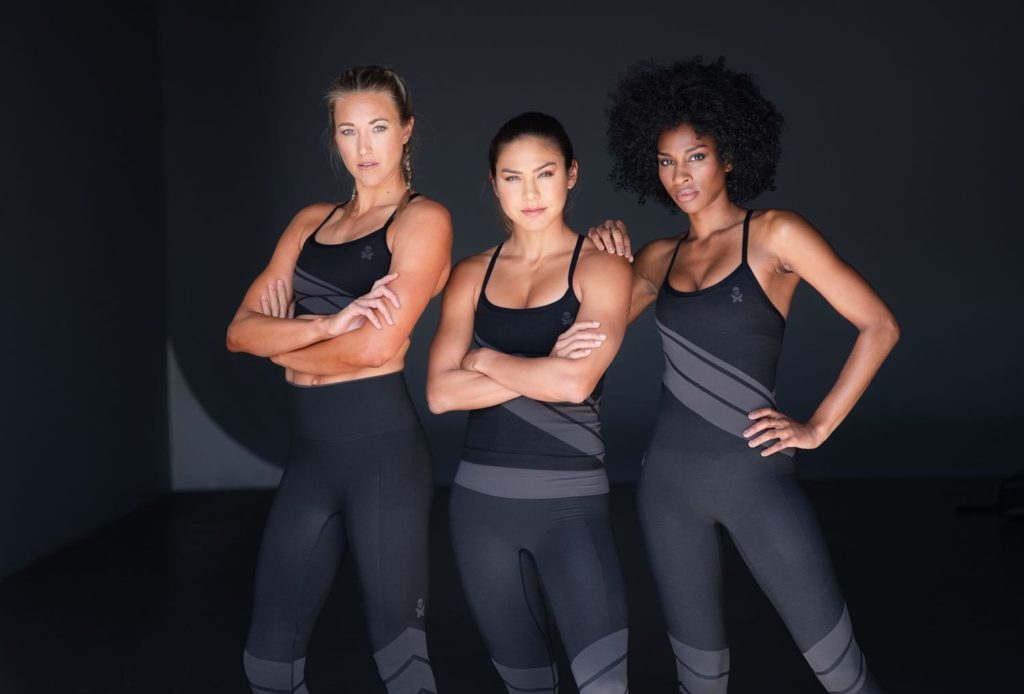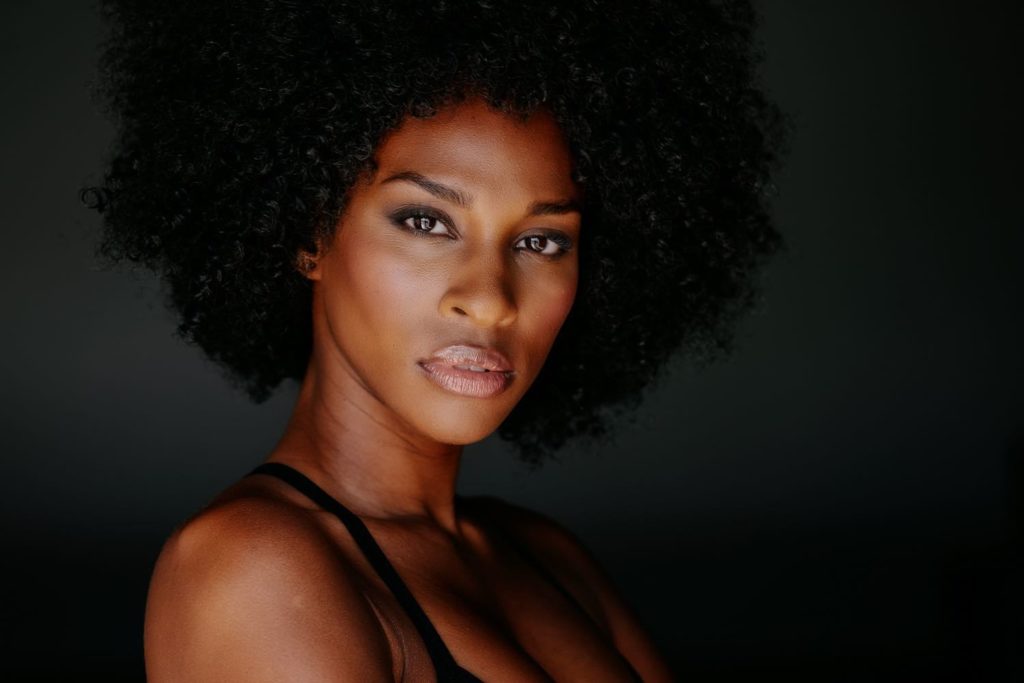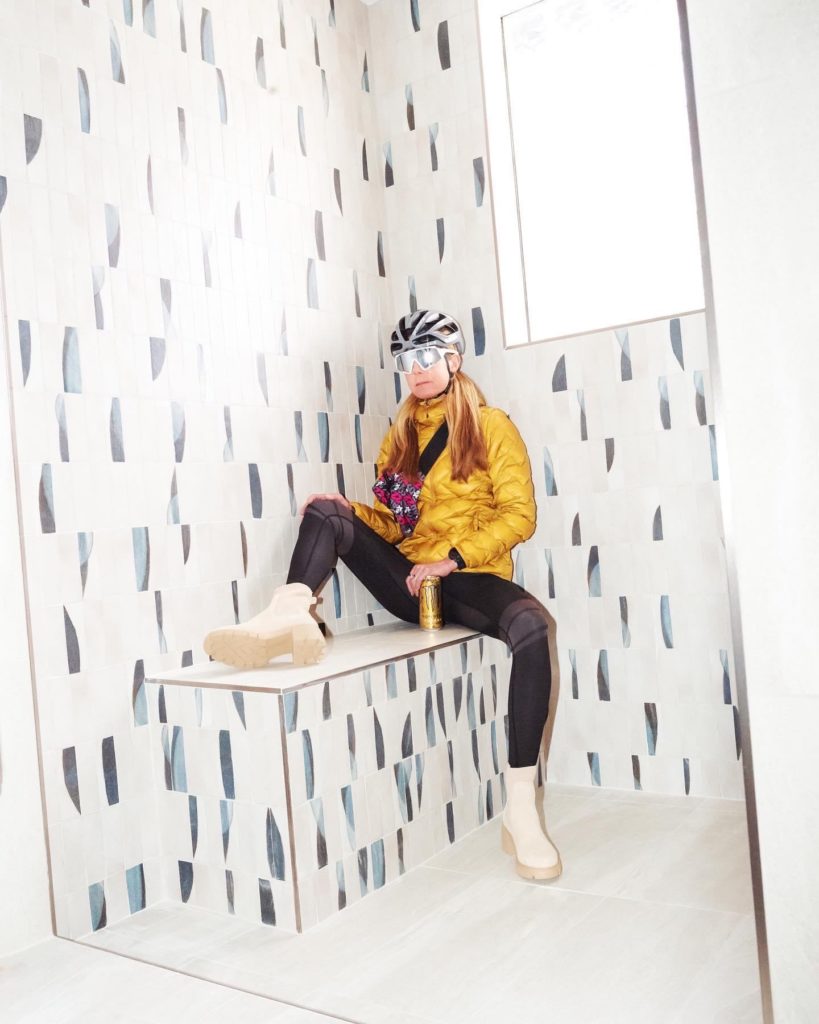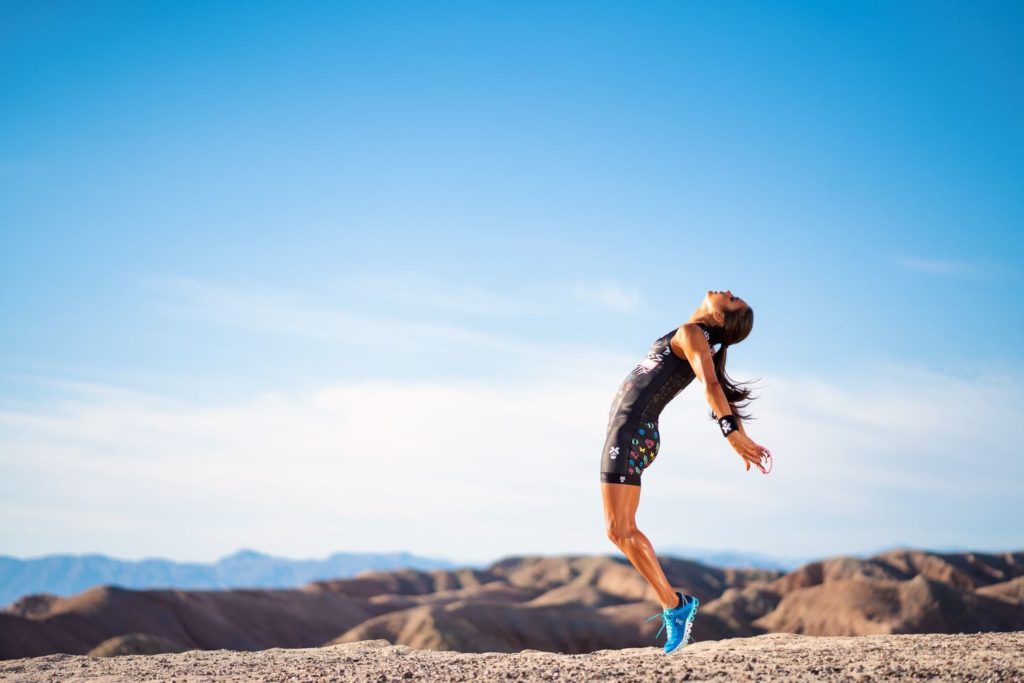In a recent interview with Leica Store SF/Camera West, I offer a few opinions that I have been reluctant to share previously on Leica Lenses for Normal People. Truth be told, I should have probably added some flavor to some of these comments – particularly the drug addict and gambler comment but that is how things go with these interviews. This article originally appeared on the Camera West blog.
About Matthew Wright:
- Photographer/Veterinary Radiologist
- Leicalensesfornormalpeople.com & themattw.com
- @leicalensesfornormalpeople & @themattwphot
- Park City, UT & San Diego, CA
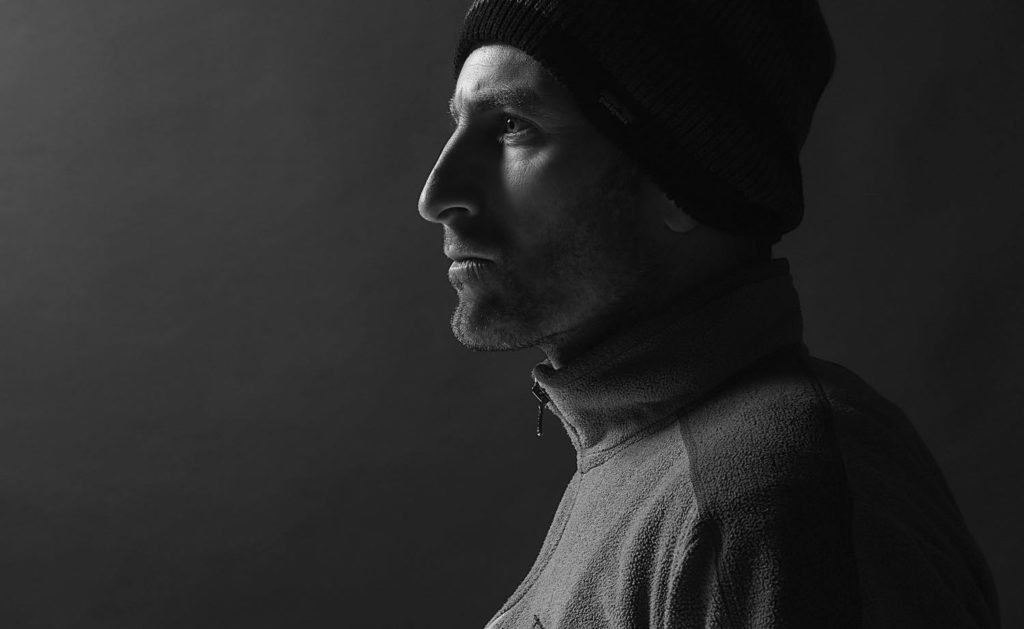
Q: Your Camera Bag: What kind of gear can be found in your Camera bag today?
A: “Today” varies and might change during the course of the day. At this minute there is a Leica M10, Leica M7, Minolta Maxxum 5, and a Ricoh FF90.
The first two require no explanation. The last two are me trying to find a good, small, almost disposable, option that I can trash in the snow and leave in the back of my scooter. The last two are me actively trying (but failing spectacularly) to understand the point and shoot market.
I dont understand why all of this junk is so expensive. I dont understand how people gush over these cameras where you push the button down nothing happens for like 2 seconds.
The Maxxum 5 seems pretty small and will perform better than 99.9% of the point and shoots. I am trying to convince myself it is pocketable. The jury is out. I do, however, know I can buy 5 and break them when needed.
Q: Tell us about yourself: Who are you, what is your background?
A: I am mostly a nerd who happens to ride bikes and run around in lycra with shaved legs pretending that I am a super hero or something. Everything else flows from nerd and bikes.
Most of the world knows me as a veterinary radiologist who spends most of his time in the dark trying to find almonds, ear plugs, tampons, underwear, corn cobs, hair ties, razors, needles and thread, and batteries, inside the abdomen of your pets. Pro Tip: that is a real list. Keep those items away from your pets.
As a radiologist I used to run a website that catered to the veterinary radiology world titled Animal Insides. That site is long gone but those years of writing and blogging prepared me for leicalensesfornormalpeople.com and guest posts on 35mmc.com, emulsive.org, and casualphotophile.com. As an industry outsider, I write about things that don’t seem to make logical sense but are, nonetheless, apocryphal in the photo world.
The rest of the world and everyone on social media knows me as the photographer biking around in pink lycra shooting for Bettydesigns.com.
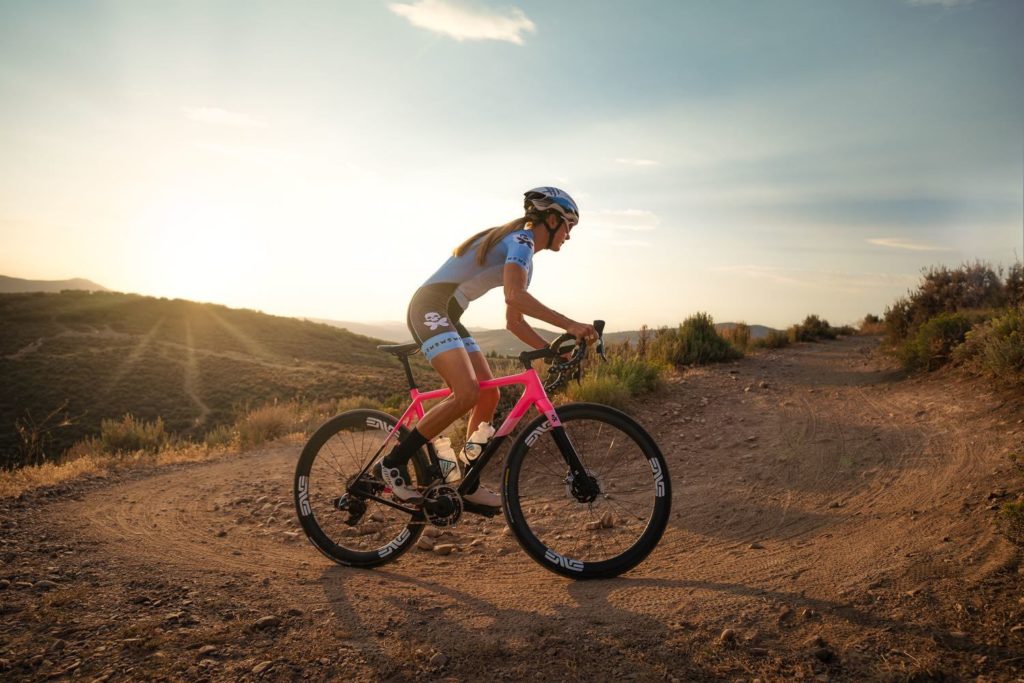
Q: The Begining: What first sparked your interest in photography and Cameras?
A: In high school I took a photography course and was hooked. Everyone always talks about the magic they saw in the pan the first time they saw a print gets developed. I don’t remember it like that. I remember it more along the lines of “Hmm. Neat. Interesting chemical reaction there. I can do this. Math.” No magic. Just chemicals and math. Rain man.
I used my dads Mamiya Sekor DL1000 and thought it was hip at the time. Now I know my dad could have made better decisions and handed me down a Leica or slamming Nikon F2. I mean, what parent gives their kid an old, under appreciated, M42 camera? I say that is pretty poor parenting. He should have done better. He could have done better. Perhaps that is a story for Dr. Phil.
Anyway, it was that class I guess and I never looked back. For years, I developed my own black and white film and had an enlarger at home through vet school. I shot and developed film to get through the monotony of vet school but somewhere in the late 90’s swore off film and photography for a while after trying to hitchhike though southern Africa with a Nikon 6006 and a bag of film. Africa, local busses, Malawi Gold, malaria, and 2 guys with machine guns and a jeep on the border of Malawi and Mozambique will make anyone swear off film forever.
After that trip it was pretty much all hobby stuff until I was forced to get serious. My future wife said that I wasn’t capable of doing the photography for her burgeoning clothing business. You can imagine how well that discussion went.
Q: Tell us about your work. What kind of photography do you do and enjoy?
A: If I were starting again, I would go all in on fashion or maybe try to be one of those celebrity portrait photographers. The main thing is that I like to set up the scene and make the picture rather than take the picture. That boat, however, has left the building so I do pretty shoot everything and anything.
Recently, I am working on my “nothing photography” which is loosely defined as pretty much what everyone with a film camera, who has an instagram account, and who has seen anything every from Stephen Shore shoots. They might not know who Stephen Shore is but they are doing that. It isn’t quite street photography. It is nothing photography.
Somehow, everyone else is taking pictures of nothing and they make nothing look cool and interesting. Conversely, when I take pictures of nothing, all I get are pictures of nothing, and feel stupid for taking them which is extra special. I am working on it. NOTE: this is not sarcasm. I really want to learn to do nothing photography and not feel stupid. Tips are appreciated.
Q: What’s the most fascinating thing to you about photography?
A: When I initially answered this question, I was going to say “hate and haters” and talk about some of the wild hate mail that I get for my ideas. I was going to give an example of an email I got where I was slammed for talking about the Spice Girls and their relationship to photography. Instead, I decided not to talk about the Spice Girls (again). Rather, I am going to give my real answer which, unfortunately, is bound to generate more hate mail.
The thing I find most fascinating about photography is that it exposes how we are all just little addicts and gamblers running around doing stupid things like hamsters on a hamster wheel.
Photography is a cycle of failure and success. At least it is for me. The pictures are ancillary. I do something and I am proud of it. That feeling lasts for about 4 seconds. Then I screw something up or it doesn’t work out and that feeling lasts for 4 days to 4 weeks. Then I repeat the cycle driving myself nuts chasing windmills.
To me that cycle sounds a heck of a-lot like a gambler sitting at a gambling table handing over his life savings.
Film photography maximizes the entire cycle and turns it up to 11. Sometimes I think that film photographers are doing what we do because digital just doesn’t give us the hit we need.
I challenge any film photographer to pretend that there is no sense of suspended excitement because they cant see their images immediately….they don’t get that little tweak of nervousness right before they open the developing tank….and dont get that final hit of elation when the negatives come out of the developing tanks.
Digital photographers are gamblers. Film photographers are drug addicts. They just don’t realize it and I find that fascinating.
Hate mail. Go.
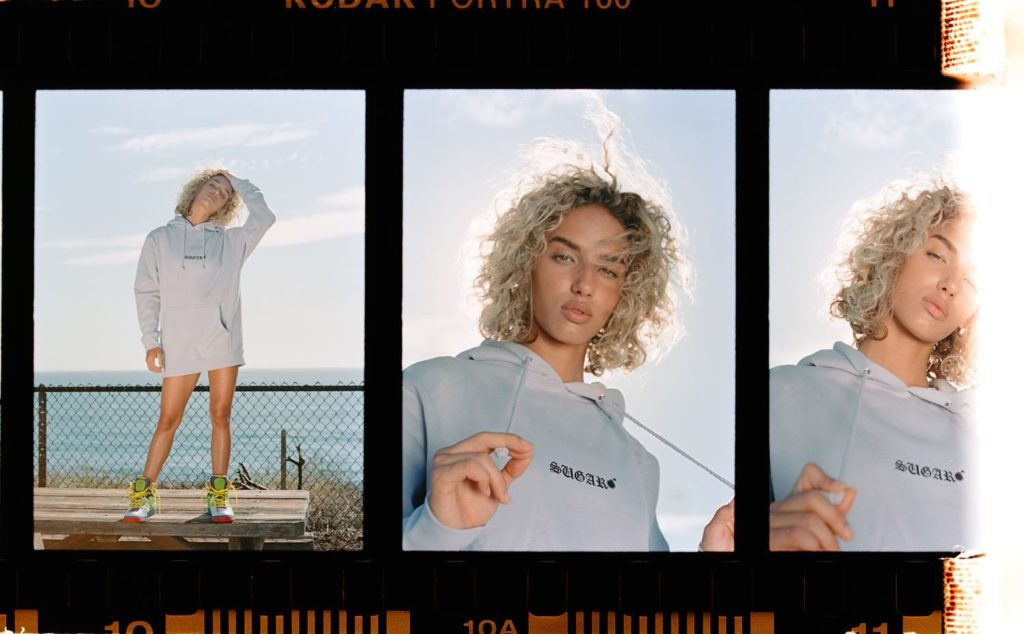
Q: Do you prefer to shoot film or digital? (I think by now we know the answer here)
A: If I had my druthers I would shoot film 100% of the time. Unfortunately, however, I don’t get my druthers most of the time. I tried all of the film emulator programs and I feel stupider using those than I feel taking pictures of nothing. On an iPhone you can make film and digital look similar but on a full screen or printed – no way. I am not buying it.
Q: Who is your favorite photographer?
A: You mean photographer(s).
Danny Clinch.
Grant Hamilton. Polaroids. Yum.
Q: Do you have any favorite quotes about photography?
A: I am sorry. I don’t do quotes. Instagram and the productivity podcast bros killed the quotes game for me. Old doctors at medical meetings also did them in. They always start their power point presentations off with quotes and you can tell they spent more time finding a quote to sound all deep and intellectual than they took to make the whole presentation. I would like to remain superficial and shallow and spare everyone the pain of my deep, motivational, and/or thought provoking quotes.
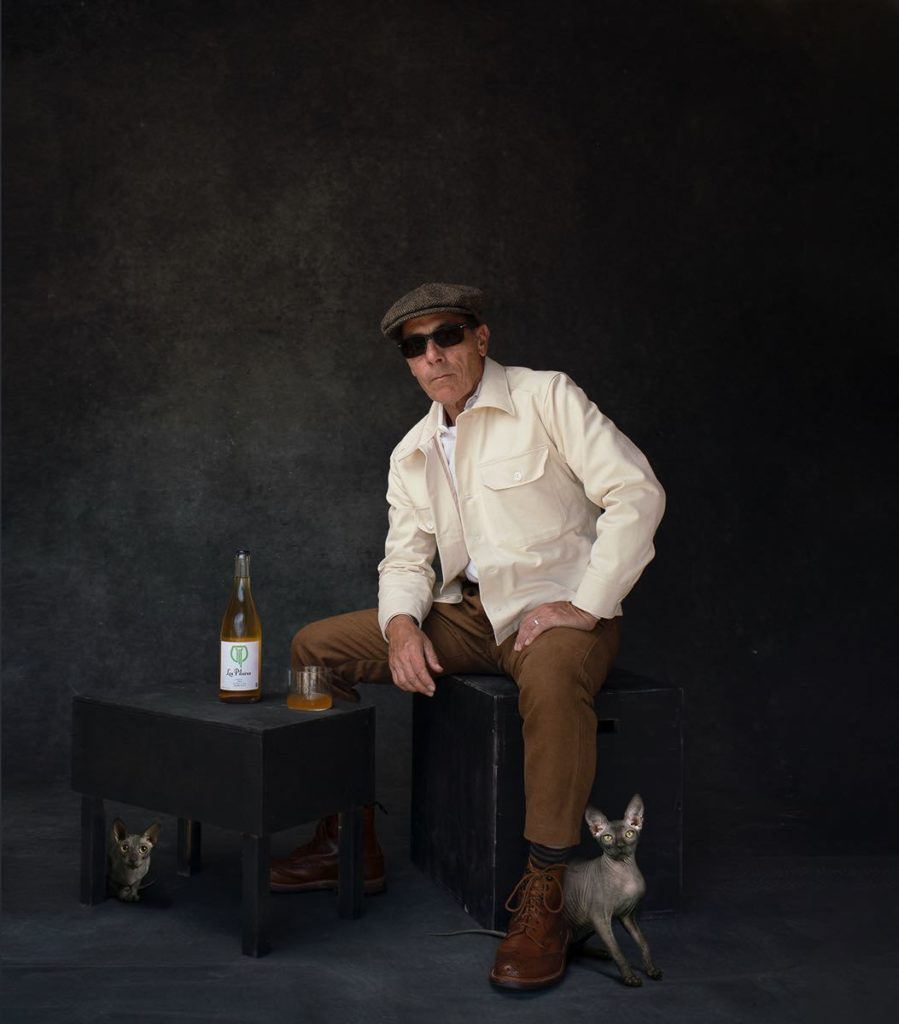
Q: Who are some of your favorite Instagram photographers?
A: @gabe_lheureux (Future of commercial sport/fashion)
@toddglaser (Look close it isn’t just waves)
@jessedittmar (Hasselblad portraits and ask anything stories)
@zairrewright (I don’t know him but I feel like I might know him. He is working and showing us how hard it is along the way; and using social media the way it was supposed to be used. Obsessed. I hope he sticks with it.)
@ghighhouse (So clean. So..so…clean)
@craigflemingphoto (no comment needed. So good.)
Q: What’s your favorite camera? Why?
A: You would think that given that I spend an inordinate amount of time working on leicalensesfornormalpeople.com it would be a Leica. Right? Well, it isn’t.
The hard truth is that rangefinders are a pain in the ass sometimes, I am also a little tweaked now that the used market has gone insane. The prices and lack of availability of used replacements make me worry about trashing my equipment. Moreover, because my eyes are getting crummy as I age, trying to find the rangefinder patch in dim situations makes me feel like I should get a membership at the YMCA, go swimming and walk around naked with all of the shrively men in the locker room. Pain in the ass, insanity, and old men in locker rooms (not to mention a 1/50 sync speed) don’t make for a favorite camera.
My favorite, therefore, is a Nikon FM3A. It is perfect and almost as small as a rangefinder. Lenses are plentiful and relatively inexpensive. It goes clicky clacky which I like for a reason I cant explain. Getting stuck in the forehead with the film advance later is a hassle but not a dealbreaker. Importantly, when FM3A’s get too expensive, I can always get an FE or FE2 when I trash my FM3A. Having an easy out and a backup is a requirement for a favorite camera that nobody else seems to consider.
NOTE: electronics are not the devil. Please stop with the all mechanical cameras and external meters. Just stop.
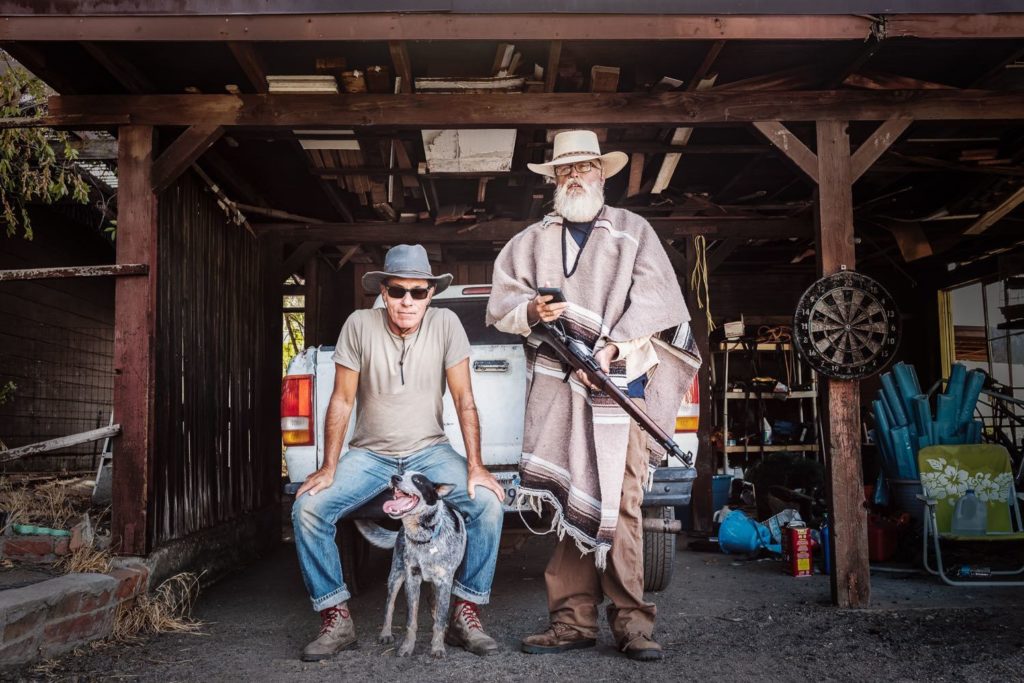
Q: You’re heading on an adventure for a week and can only take one camera & one lens. What is it? Tell us about your most minimal setup.
A: Minimal = digital so that limits the options. I am 95% certain I would take my Leica m10 but always worry a bit about the rangefinder going out of calibration when I travel. This isn’t a deal breaker because I don’t own any of those hugely stupid and fast rangefinder lenses and I dont crush the bokeh with a rangefinder. One of my main themes is that rangefinder cameras weren’t designed for crushing the bokeh with hugely stupid and fast lenses even though that is what we are being sold these days. Slight errors of rangefinder calibration will probably be tolerated at least by me. That said, at the last minute I would probably go and steal my wife’s Fuji X-Pro 3 because autofocus is king even though all of us hipsters would like to tell ourselves it isn’t.
Q: What next: If you could add anything to your camera bag what would it be?
A: I can honestly say I am fortunate to have everything I need and then some. What I need doesn’t really exist or I cant find. All I have left are unicorns.
1. A Petri racer rangefinder without a dim rangefinder patch with a working meter. The Petri Racer is, hands down, the best traditional rangefinder. Unfortunately, they all seem to be dying or dead. I tried to revive one once but spent a bunch of money and now all I have is a blue rangefinder patch that I cant see and a still broken meter.
2. A cheap and fast autofocus point and shoot camera with a good lens that isn’t made of plastic.
3. A Minolta talker with the lens and AF mechanism from a Kyocera T Proof.
